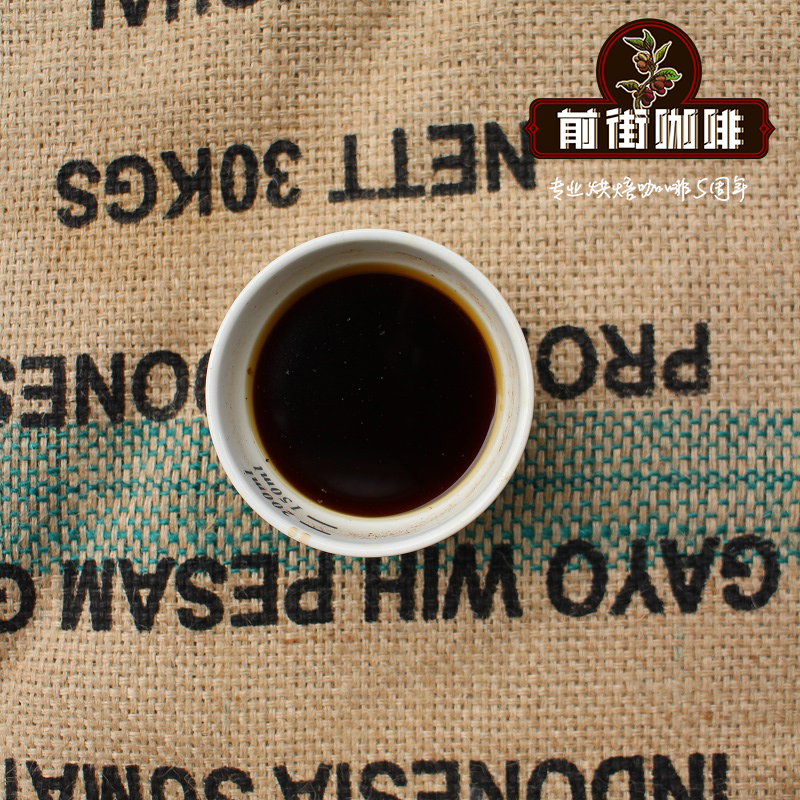Taste characteristics and flavor description of beans in Minas Manor in Brazil are Brazilian Minas coffee beans bitter

Professional coffee knowledge exchange More coffee bean information Please pay attention to coffee workshop (Weixin Official Accounts cafe_style)
Brazilian Minas Estate Bean Taste Characteristics Flavor Description Brazilian Minas Coffee Bean Bitter
Origin and Development of Brazilian Coffee
Coffee was first introduced to Brazil in the early 18th century. In 1727, the Brazilian government sent a handsome army officer to secretly bring coffee seeds back to Brazil from French Guiana on the grounds of mediating border disputes. It is said that the wife of the governor of French Guiana was deeply fascinated by this officer, so she secretly sent coffee seeds to him in a bouquet at a farewell dinner. At present, Brazil has two million hectares of land used to grow coffee. Over 70% of the largest crop is Arabica, and these beans end up in the hands of large bakers in various countries, known as Santos (named after the export port of Santos, not the production area). Brazil has also proved capable of producing fine coffee and small batches of coffee, local fine coffee is not necessarily only available to small-scale coffee farmers, Brazil's main coffee producing areas are Sul de Minas South, Matas de Minas Southeast Forest, Cerrado, Chapadas de Minas Minas North Central Cemetery, Mogiana Mogiana, Paraná Parana Province, Bahia Province. There are traditional varieties and varieties, such as Bourbon, Mondo Novo, Icatú Ikatu, Kaduai, Iapar, cultivated Kadai.
Brazil Fine Coffee Brazil Minas Development History
Brazil is the world's largest coffee producer, Brazil Minas accounts for about 30% of coffee production. However, due to Brazil's location in tropical rain forest areas, relatively flat terrain and few high-altitude forests, most coffee is planted in low-altitude non-volcanic soil areas, and there is not much shade as shade, resulting in the rapid growth of Brazilian beans and large bean shapes, but the soft coffee density and flavor do not change much. In addition to large-scale harvesting of coffee beans by machinery, coffee with a wide range of maturity is harvested at the same time, so that the quality of Brazilian beans is not particularly outstanding and has remained in the category of commercial beans.
After 2000, coffee quality was appreciated in the southern high-altitude regions because of the coffee competition, mainly in the farms around the Minas plateau, and the coffee quality was the largest in Brazil, such as the cirado in the west of Minas and the Matas in the east. In recent years, coffee competitions have been precise enough to distinguish between treatments (water treatment, semi-washing, semi-sun, sun), developing a variety of flavors, tastes, and aftertastes that are completely different from traditional Brazilian coffee. Especially with semi-sun and sun method performance best, clean low acid fruit aroma increased, let rich chocolate flavor reduced in the city of Camo do Cashuela, Minas Gerais. Saquarema is an ancient farm with a history of more than 200 years. The farm coffee is picked by hand without using machines. The dry aroma has citrus, fruit tea aroma, wet aroma has black tea fragrance, and the taste presents elegant aroma of jasmine and herbal tea. The Brazilian Minas aftertaste has strong oolong tea feeling. It tastes fresh and gentle, and it is a rare and amazing work in Brazil.
Important Notice :
前街咖啡 FrontStreet Coffee has moved to new addredd:
FrontStreet Coffee Address: 315,Donghua East Road,GuangZhou
Tel:020 38364473
- Prev

Candle Coffee introduction Candle Coffee Flavor description
Exchange of professional baristas pay attention to Coffee Workshop (Wechat official account cafe_style) candlelight: after strict regulation and selection, it avoids the annoying soil odor and high bad bean rate in common sun-dried beans, but highlights the admirable sweetness of sun-treated beans. The charming fruit tone of candlelight inherits the charm given by the traditional Egyptian sun.
- Next

Is bourbon Arabica coffee beans? Bourbon coffee is bitter? what are the characteristics of hand flushing and tasting?
Professional coffee knowledge exchange more coffee bean information please follow the coffee workshop (Wechat official account cafe_style) Bourbon is Arabica coffee beans is bitter Bourbon coffee is bitter? generally speaking, at this roasting degree (depending on the color, like the second explosion or the second explosion dense beans, medium and deep roasting), both beans show obvious sweetness and acidity.
Related
- Beginners will see the "Coffee pull flower" guide!
- What is the difference between ice blog purified milk and ordinary milk coffee?
- Why is the Philippines the largest producer of crops in Liberia?
- For coffee extraction, should the fine powder be retained?
- How does extracted espresso fill pressed powder? How much strength does it take to press the powder?
- How to make jasmine cold extract coffee? Is the jasmine + latte good?
- Will this little toy really make the coffee taste better? How does Lily Drip affect coffee extraction?
- Will the action of slapping the filter cup also affect coffee extraction?
- What's the difference between powder-to-water ratio and powder-to-liquid ratio?
- What is the Ethiopian local species? What does it have to do with Heirloom native species?

